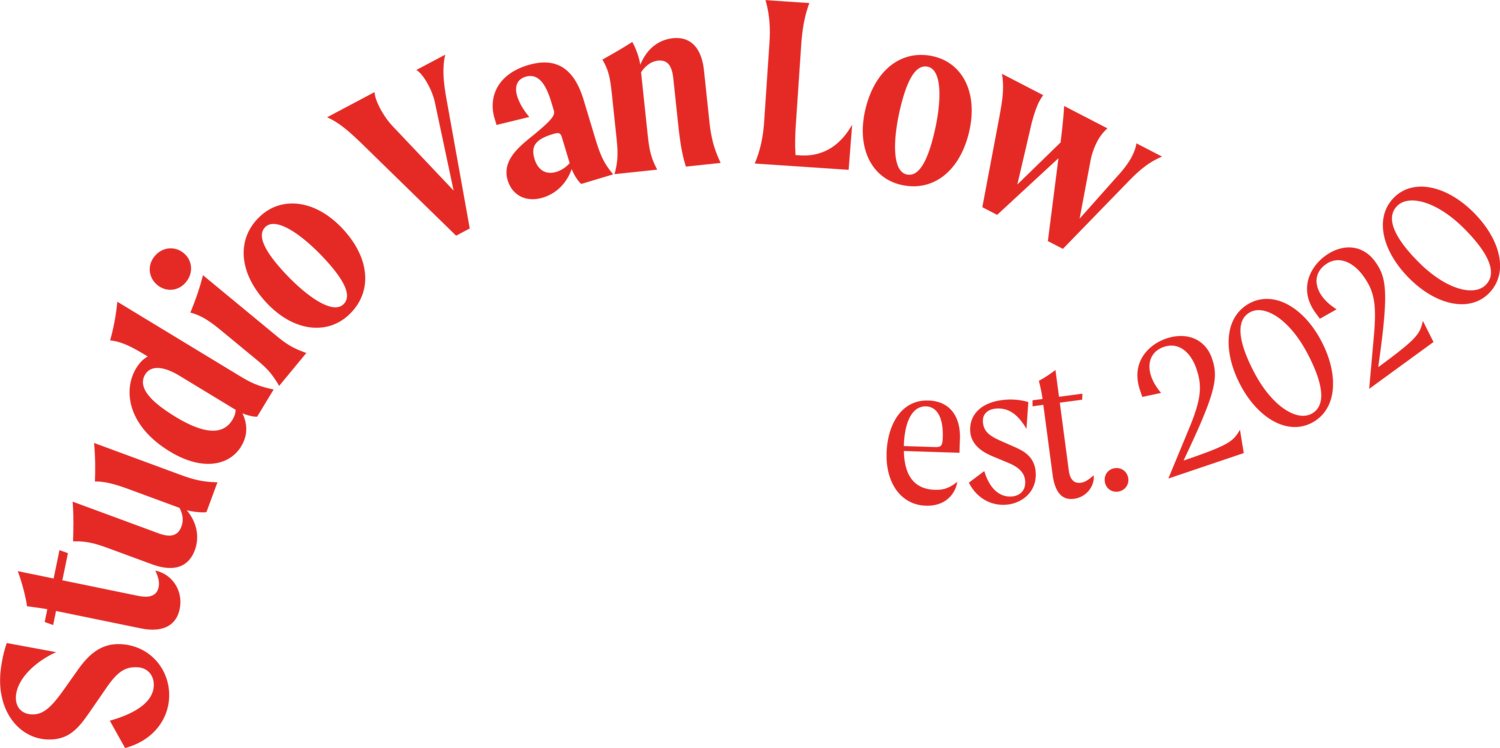
2019
Capturing Nature: Early Scientific Photography at the Australian Museum 1857-1893
A exhibition of striking images of early taxidermy and scientific photographic practice, selected from the mostly never-before-seen archives of the Australian Museum
+ archival research and digitisation
+ exhibition development and object acquisition
+ catalogue essay
+ public programs
+ media
Digitisation and Exhibition Development
The Australian Museum’s photography collection dates back to 1857 and consists of thousands of glass plate photographs from the early-late 19th century. As part of the exhibition’s development, many of these glass plates were digitised for public viewing for the very first time. The photographs reveal early taxidermy practices, as well as a variety of chemical undertakings used to produce the photographs. Photography itself was only a recent invention at the time and promised to be an invaluable tool for the scientific community. For this exhibition and book chapter, the first 2,000 glass plates from the Museum’s collection were digitised and analysed first-hand.
‘The Glass Plate Technique’ exhibition catalogue chapter
Low, Vanessa. “The glass plate technique” in Capturing Nature: early scientific photography at the Australian Museum 1857-1893. NewSouth Publishing and the Australian Museum (Sydney), 2019, pp.130-147.
This in-depth catalogue essay entitled ‘The Glass Plate Technique’ focused on the practicalities of being an Australian photographer in the mid-late 19th century. At the time, photography was not only a new medium for documenting the world but a precarious feat of experimental chemistry.
The evolution of quality and style of photography is surveyed in the Australian Museum’s collection - from early glass plates that have jagged edges, impure chemicals, and feature oddly stuffed animals, to later refined mass-manufactured glass plates, crisp chemical prints, and standardised visual treatment of subjects. The chapter outlines each chemical step from the preparation of chemicals, to the exposure and development of the glass plate using silver halides, and the making of prints from paper soaked in albumen (egg whites).
The ability to produce perfect photographic prints from the one negative over and over (as opposed to the one-of-a-kind photographs produced by pervious techniques such as the daguerreotype or calotype), was invaluable for early scientists at the Australian Museum. Being able to send a photograph of an exotic new animal back to England gave a claimant empirical credibility and saved the them from having to part with their specimen. A photograph was proof.
“As Finney’s colleague Vanessa Low explains in a clear exposition, the introduction of the ‘dry plate’ process from 1881 enabled the development process to occur later, relieving the photographer from the necessity of lugging heavy but delicate equipment wherever they went. ”
Media and Public Programs
Giving a tour to museum visitors at the opening event for Capturing Nature
Interview with Channel 10 news, aired on 11 February 2019
Exhibition Tour
Capturing Nature is now touring to multiple venues in Australia - including Newcastle Museum, Orange Regional Museum, Albury LibraryMuseum, Hurstville Museum & Gallery, and SEEN@Swansea - until 2022.






